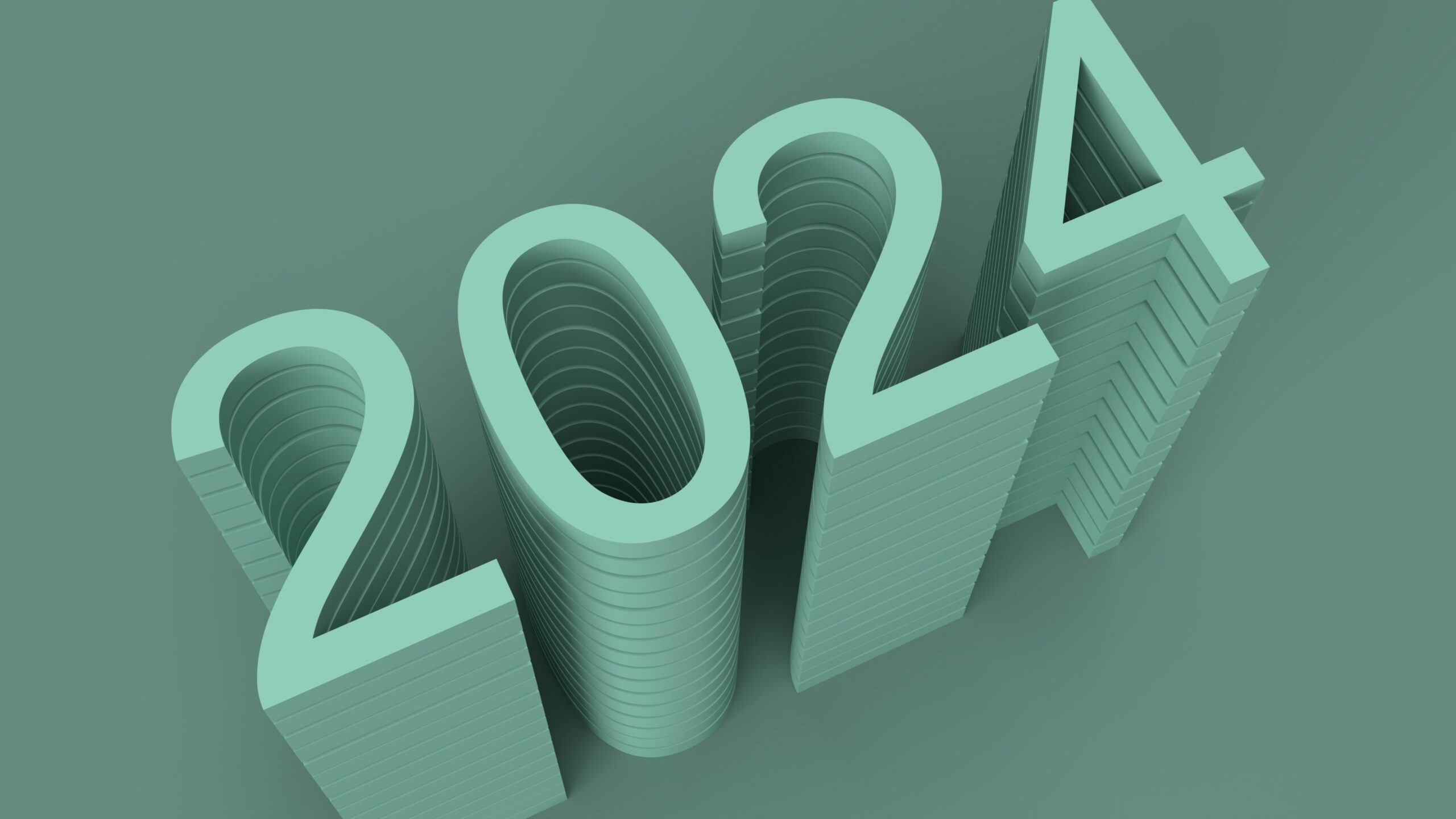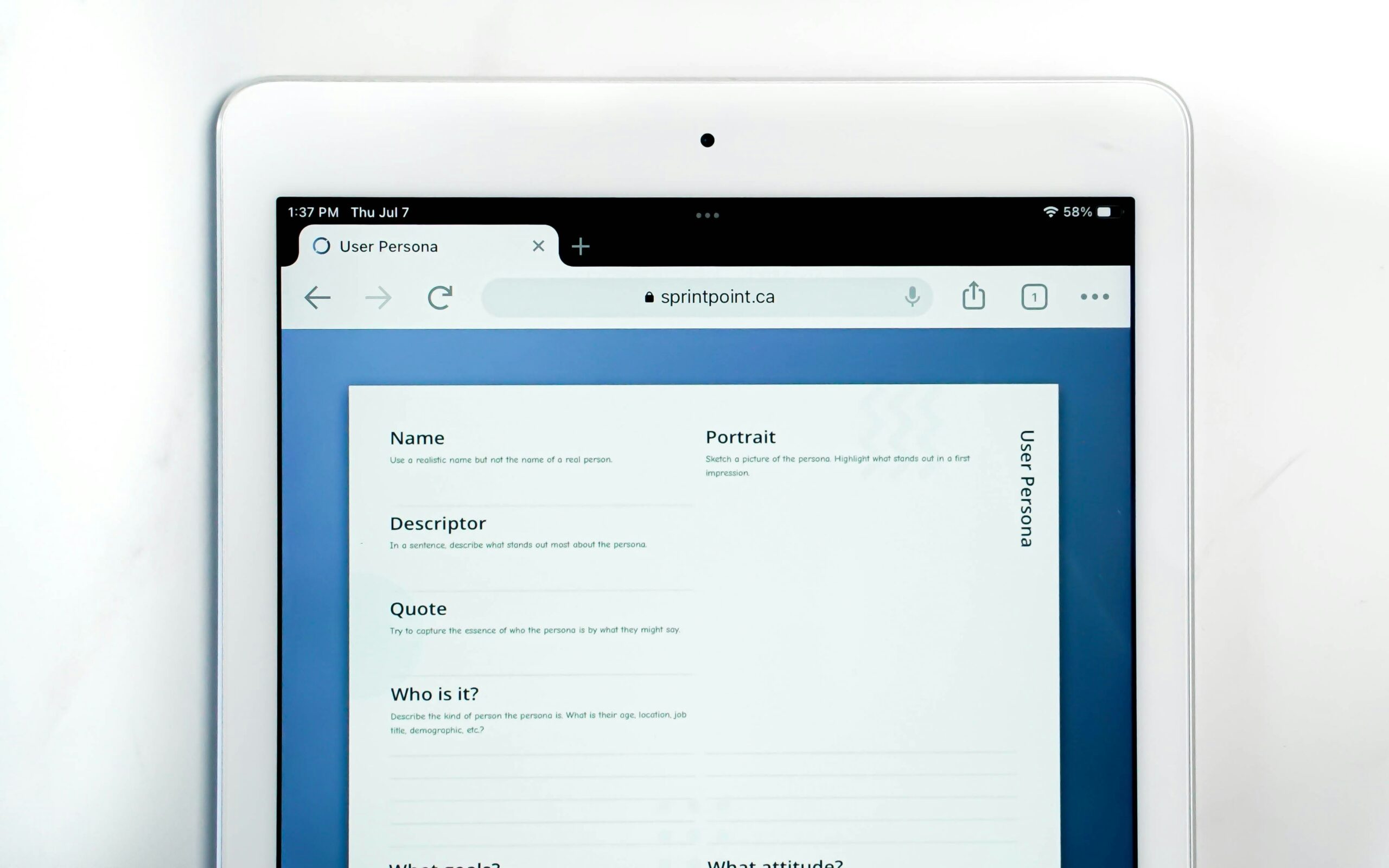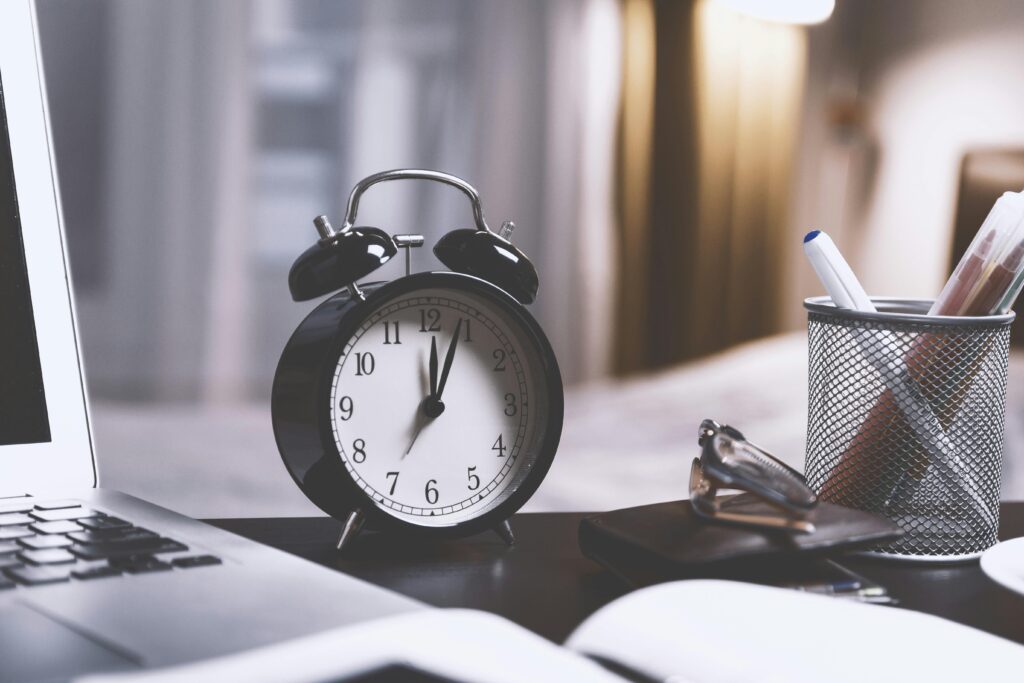Ever stared at your to-do list wondering why “take a deep breath” wasn’t already crossed off? You’re not alone. According to a study by Asana, over 60% of workers feel overwhelmed by their workload, leaving many scrambling for solutions like planning apps to regain control.
In this post, we’ll dive into the power of planning apps specifically designed for productivity and well-being. You’ll learn how these tools can tackle your time-related FAQs, such as “Where does all my time go?” and “How do I stay ahead without burning out?” Expect actionable steps, quirky tips, and brutally honest advice—complete with a Tamagotchi-inspired easter egg at the end!
Table of Contents
- Key Takeaways
- Why Time Management Is Harder Than Ever
- Step-by-Step Guide to Choosing the Right App
- Tips for Maximizing Your Planning App
- Real-World Success Stories
- Time FAQs: Everything You Need to Know About Planning Apps
- Conclusion
Key Takeaways
- Planning apps are essential for managing modern workloads effectively.
- Your app choice should align with your personal priorities (e.g., task deadlines vs. wellness).
- Avoid multitasking traps; focus on using features that enhance mental clarity.
- Mistakes happen—like setting unrealistic goals—but learning from them is key.
- Prioritization + flexibility = winning combo for staying productive.
Why Time Management Is Harder Than Ever

The digital age has brought us more opportunities—and more distractions. Social media notifications compete with emails while meetings overlap with actual work hours. It’s no wonder people ask questions like:
- “How much screen time is too much?”
- “Can one app truly solve all my timing issues?”
Here’s where planning apps come in—they’re the unsung heroes here to save our schedules. But let me confess something. Last year, I downloaded five different apps because someone told me “more tools = better results.” Spoiler alert: That didn’t end well. My phone buzzed louder than my alarm clock during finals week.
Optimist Me: “Just try another app!”
Grumpy Me: “Ugh, fine—but only if there’s coffee nearby.”
Step-by-Step Guide to Choosing the Right App

Ready to get serious? Here’s how to pick an app that’ll actually stick:
- Assess Your Needs: Are you looking for simple task lists or robust calendar integration? Write down must-haves before downloading anything.
- Research Compatibility: Ensure the app works seamlessly across devices. For example, Google Calendar syncs beautifully with Android phones but can be finicky on iOS.
- Test Before Committing: Most premium apps offer free trials. Use this period to evaluate usability.
- Customize Features: Don’t settle for default settings. Tailor reminders, notifications, and layouts to fit your workflow.
- Evaluate After Two Weeks: If it hasn’t become part of your routine by then, move on.
Tips for Maximizing Your Planning App

Now that you’ve chosen an app, let’s level up its potential:
- Set Micro-Goals: Break big tasks into smaller chunks. Instead of “Write blog post,” try “Outline intro,” “Draft first paragraph.”
- Block Time Wisely: Reserve morning hours for high-focus activities like strategy building or creative brainstorming.
- Sync Wellness Checks: Some apps allow habit tracking. Schedule daily affirmations or meditation breaks alongside meetings.
- Use Labels Wisely: Color-code tasks based on urgency or category to visually organize your schedule.
One terrible tip I once followed? Someone suggested disabling ALL notifications. Sounds dreamy until you miss critical deadlines. Balance is crucial.
Real-World Success Stories
Meet Sarah, a freelance writer who tripled her output after switching to Notion. She integrated mood trackers within her project boards, giving herself permission to pause when feeling burned out.
Or James, who swears by Trello for collaboration projects. His teams reduced meeting times by 40% simply by sharing structured boards instead of long email chains.
Time FAQs: Everything You Need to Know About Planning Apps
What Makes a Good Planning App?
A good planning app balances functionality with ease of use. Look for intuitive interfaces, real-time syncing, and customization options.
Do Free Apps Work Just as Well?
Sometimes! Free versions often have limited features, though. Consider whether paying unlocks value worth investing in.
How Do I Avoid Overcomplicating Things?
Stick to one or two core functions initially. Add complexity only when comfortable.
Conclusion
Planning apps are powerful allies in conquering time FAQs and reclaiming your productivity. By choosing wisely, customizing thoughtfully, and leveraging best practices, you’ll master both efficiency and balance.
And remember… Beep boop beep. Like a Tamagotchi, your newfound system needs regular care to thrive.


